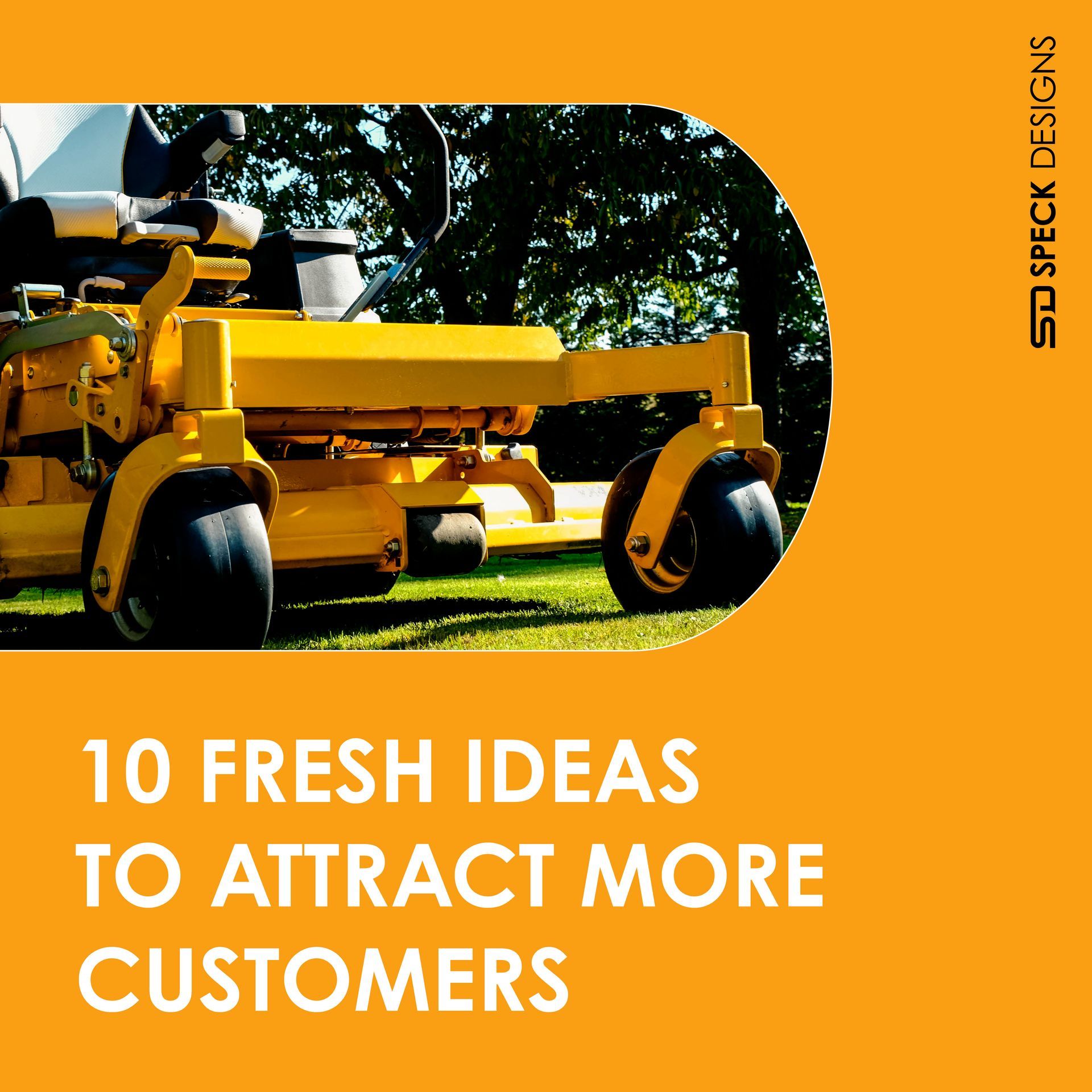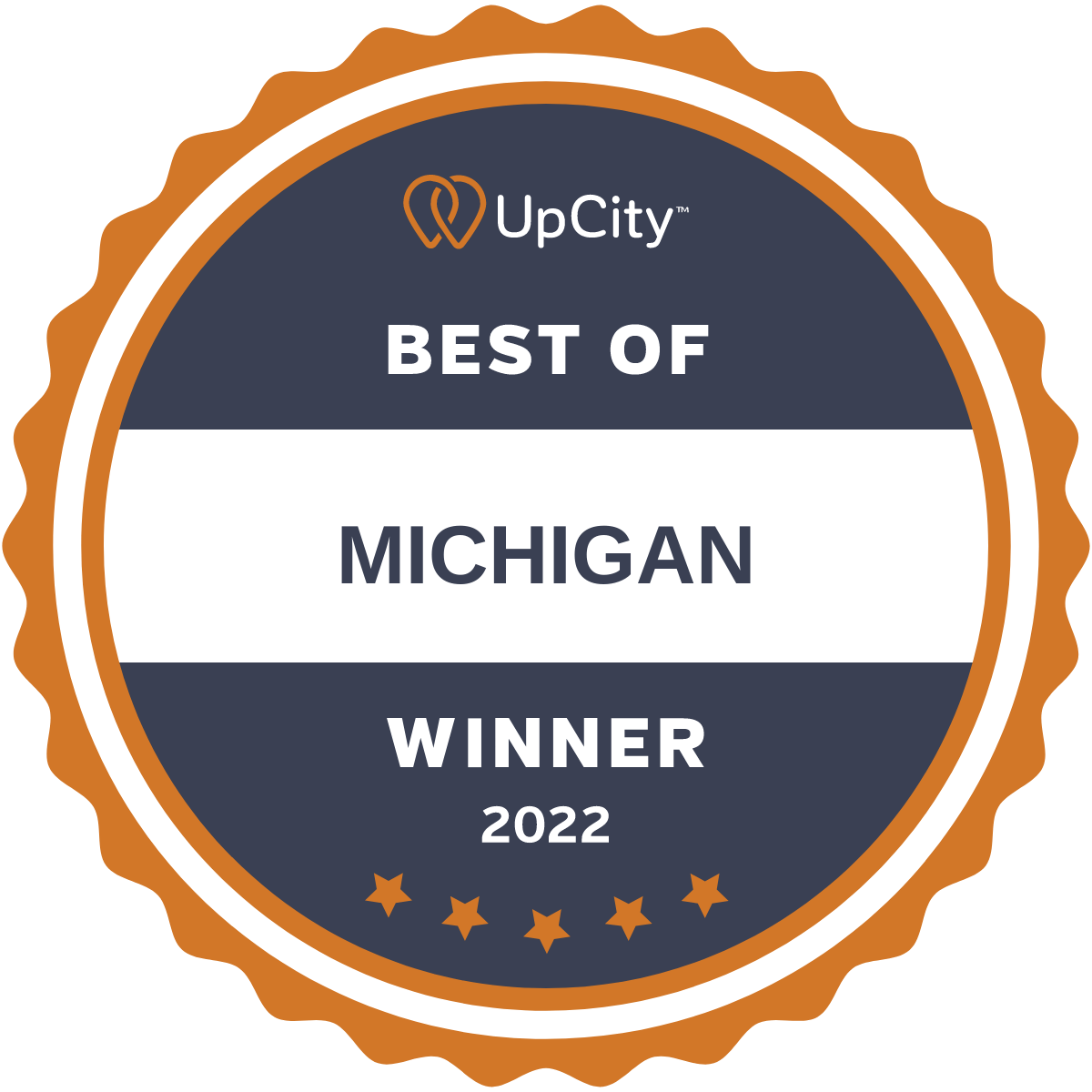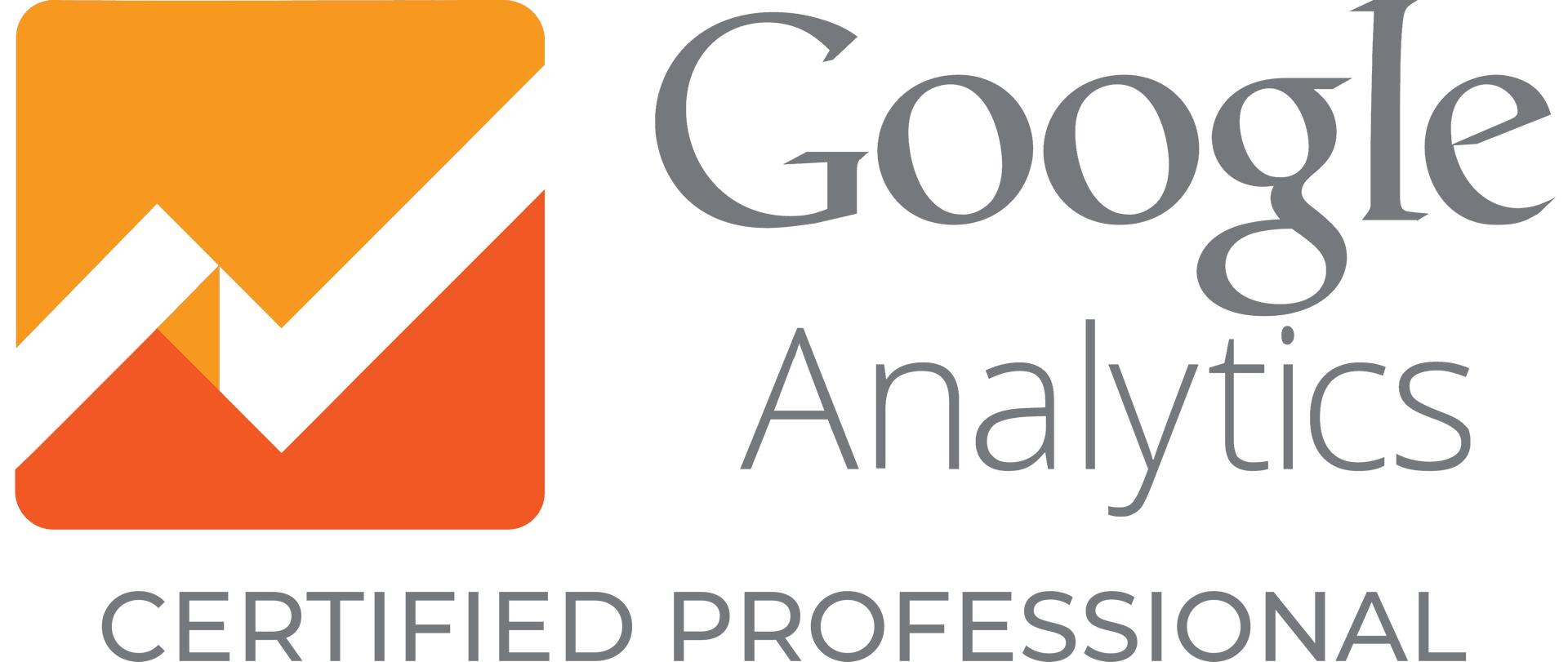How to Start Lawn and Landscaping SEO in 2025 (BONUS: Receive 100 actionable steps to help your lawn care business thrive)!
In 2025, the lawn and landscaping industry will continue to thrive, but standing out in a competitive market will require more than just launching a new website. Search engine optimization will remain a critical tool for attracting customers and growing your business.
By focusing on key areas like content marketing, content SEO, local SEO, Google Business Profile management, social media, LinkedIn, and community engagement, you can build a robust SEO strategy that drives traffic and converts leads.
Here’s how to get started.
Get our 10 FRESH IDEAS TO GROW YOUR CUSTOMER BASE pdf for FREE!
There are over 100 actionable steps to help your lawn care business thrive!

Content Marketing
Content marketing is the foundation of any successful SEO strategy. For lawn and landscaping businesses, this means creating valuable, informative, and engaging content that resonates with your target audience.
Start by identifying the common questions and challenges your potential customers face. For example, homeowners might want to know how to maintain a healthy lawn, choose the right plants for their climate, or design a low-maintenance landscape.
Create blog posts, videos, and infographics that address these topics. Be mindful also of your goals in utilizing your marketing funnel.
Share tips, step-by-step guides, and seasonal advice to position your business as an authority in the industry. Content marketing not only helps you attract visitors to your website but also builds trust with your audience. Over time, this trust can translate into more inquiries and bookings.
Content SEO
Content SEO involves optimizing your content to rank higher in search engine results. In 2025, search engines will continue to prioritize high-quality, relevant content that provides value to users. To optimize your content, start by conducting keyword research. Use tools like Google Keyword Planner or SEMrush to find keywords your potential customers are searching for, such as “lawn care tips” or “landscaping ideas for small yards.”
Once you’ve identified your target keywords, incorporate them naturally into your content. Focus on creating comprehensive, well-structured articles that answer user queries in detail. Use headings, subheadings, and short paragraphs to make your content easy to read. Additionally, optimize your meta titles, descriptions, and image alt text to improve your chances of ranking higher in search results.
Local SEO with Local Citations
For lawn and landscaping businesses, local SEO is essential. Most of your customers will likely come from your immediate area, so it’s important to optimize your online presence for local searches. Start by claiming and optimizing your Google Business Profile (more on this later). Then, focus on building local citations.
Local citations are mentions of your business name, address, and phone number (NAP) on other websites, such as online directories, review sites, and local business listings. Ensure your NAP information is consistent across all platforms to avoid confusing search engines and potential customers. Websites like Yelp, Yellow Pages, and Angi (formerly Angie’s List) are great places to start. The more accurate and consistent your citations are, the better your local SEO performance will be.
Google Business Profile Management
Your Google Business Profile (GBP) is one of the most powerful tools for local SEO. It helps your business appear in local search results and Google Maps, making it easier for customers to find you. To optimize your GBP, start by filling out every section of your profile. Include your business name, address, phone number, website, hours of operation, and services offered.
Add high-quality photos of your work, such as before-and-after shots of landscaping projects or well-maintained lawns. Encourage satisfied customers to leave reviews on your profile, as positive reviews can boost your visibility and credibility. Regularly update your profile with posts about promotions, seasonal services, or new projects to keep your audience engaged.
Reviews are extremely important for your business and we want to build you your very own Google Review System absolutely free of charge. If you want this free gift that will help your business thrive, complete the form at www.speckdesigns.com/get-hired.
Social Media Management
Social media is a powerful tool for promoting your lawn and landscaping business and driving traffic to your website. Platforms like Facebook, Instagram, and Pinterest are particularly effective for showcasing your work. Share photos and videos of your projects, highlight customer testimonials, and post tips and tricks for lawn care and landscaping.
Engage with your followers by responding to comments and messages promptly. Use relevant hashtags to increase the visibility of your posts. For example, hashtags like #LawnCareTips, #LandscapingIdeas, and #OutdoorLiving can help you reach a broader audience. Social media also allows you to run targeted ads to reach potential customers in your area.
While LinkedIn is often associated with B2B businesses, it can also be a valuable platform for lawn and landscaping companies. Use LinkedIn to connect with other professionals in your industry, such as suppliers, contractors, and real estate agents. Share informative articles, industry news, and updates about your business to establish yourself as a thought leader.
LinkedIn is also a great place to showcase your expertise through long-form posts. For example, you could write about the latest trends in sustainable landscaping or share insights on how to improve curb appeal. By building a strong LinkedIn presence, you can attract potential partnerships and collaborations that can help grow your business.
Community Engagement
Community engagement is an often overlooked aspect of SEO, but it can have a significant impact on your online visibility and reputation. Get involved in your local community by sponsoring events, participating in neighborhood cleanups, or offering free workshops on lawn care and landscaping. These activities not only help you build relationships with potential customers but also generate positive word-of-mouth and local media coverage.
Encourage satisfied customers to share their experiences with your business on social media and review sites. You can also create content that highlights your involvement in the community, such as blog posts or videos about the events you’ve sponsored or the projects you’ve completed for local organizations. This type of content can boost your credibility and make your business more appealing to potential customers.
Key Takeaways
Starting a lawn and landscaping SEO strategy in 2025 requires a multifaceted approach. By focusing on content marketing, content SEO, local SEO, Google Business Profile management, social media, LinkedIn, and community engagement, you can create a comprehensive plan that drives traffic, builds trust, and converts leads into loyal customers. Remember, SEO is a long-term investment, so be patient and consistent in your efforts. With the right strategy, your lawn and landscaping business can thrive in the competitive online landscape of 2025.
Need some help?
Download our FREE guide for lawn care ideas and actionable steps you can take to further your business.










